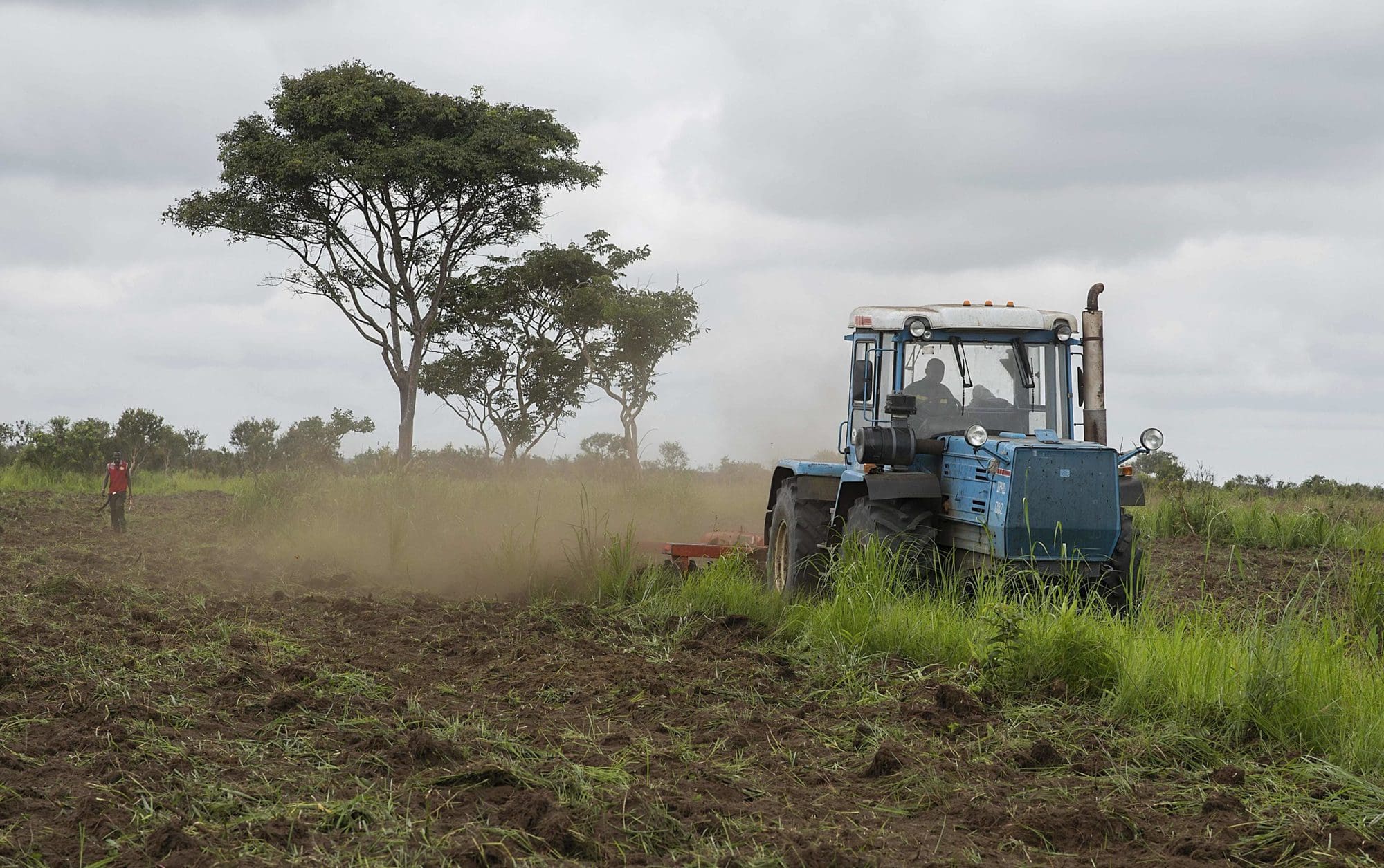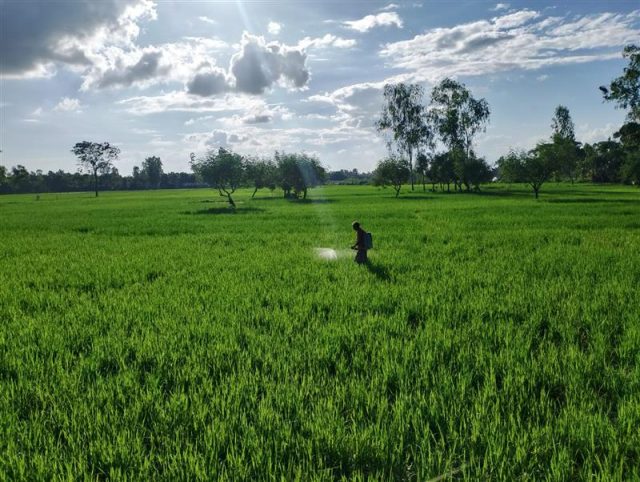In search of effective support for agricultural mechanization in Africa
- From
-
Published on
30.10.20
- Impact Area

BY HIROYUKI TAKESHIMA, XINSHEN DIAO AND PATRICK OHENE ABOAGYE
First of a series of blog posts on the release of the 2020 Annual Trends and Outlook Report (ATOR) during the virtual 2020 ReSAKSS Annual Conference Nov. 3–5. The theme of the 2020 ATOR is “Sustaining Africa’s Agrifood System Transformation: The Role of Public Policies.” This post is based on Chapter 5.
Africans have always recognized the importance of farm mechanization. Many who have grown up in rural areas have, at some point, worked on a farm or watched others do so, and know firsthand the back-breaking labor involved. Mechanical power that can provide relief from such drudgery has always been desired and appreciated.
Once, promising farm plots could be cleared by burning bushes or grasses on unused land, rather than tilling the soil, a task that did not require heavy manual labor, let alone the mechanical power of tractors. But in recent decades, farming in Africa has started requiring more work, typically done by humans or animals. As population density rose, rather than clearing new plots, farmers shifted to the practice of conducting more frequent and intensive land preparation on the same plots each year.
More recently, rising food demand has also stimulated market-oriented farm production, and as growing numbers of rural youth started looking for employment in the non-farm sector, farmers faced increasing challenges in recruiting enough workers for land preparation.
Photo credit: Petrut Calinescu/Panos Pictures
Related news
-

New Genomic Discovery from ICRISAT Could Save Farmers Millions by Preventing Groundnut Sprouting Before Harvest
International Crops Research Institute for the Semi-Arid Tropics (ICRISAT)02.12.25-
Food security
-
Poverty reduction, livelihoods & jobs
Breakthrough study identifies varieties and key genes to halt sprouting before harvest in groundnut …
Read more -
-

Reinventing Kenya’s Snack Future with Dryland Grains
International Crops Research Institute for the Semi-Arid Tropics (ICRISAT)21.11.25-
Nutrition
-
Poverty reduction, livelihoods & jobs
Faces of Impact - Video Feature Story On a quiet backstreet in Mihango, Kenya, the…
Read more -
-

Cultivating climate-smart rice: How specific cultivars and smarter fertilizing can cut emissions and maintain yield
International Rice Research Institute (IRRI)19.11.25-
Climate adaptation & mitigation
-
Food security
By Bushra Humaira Sadaf A team of researchers from the Bangladesh Rice Research Institute (BRRI), I…
Read more -
